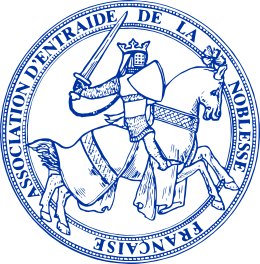News

This interests me: "Duke, marquis, count... what is the hierarchy of titles of nobility?"
30 June 2024
Press review
Viewed 124423 times
The long list of honorary titles of the French nobility is difficult to navigate, especially as their importance has often been merely symbolic. They are sometimes recognized by their particle names...
You must be logged in to read more









